Space News
Guardian
684

Starwatch: use the moon to find Saturn before its pirouette in the sky
- This week, the moon can help track down Saturn, the sixth planet in the solar system, as it brightens in the constellation of Pisces.
- Saturn and the Earth will have their closest approach on 21 September.
- The moon can be used as a guide to locate Saturn and observe its retrograde motion in the sky.
- The conjunction between the moon and Saturn will be visible from the southern hemisphere.
Read Full Article
19 Likes
Knowridge
253
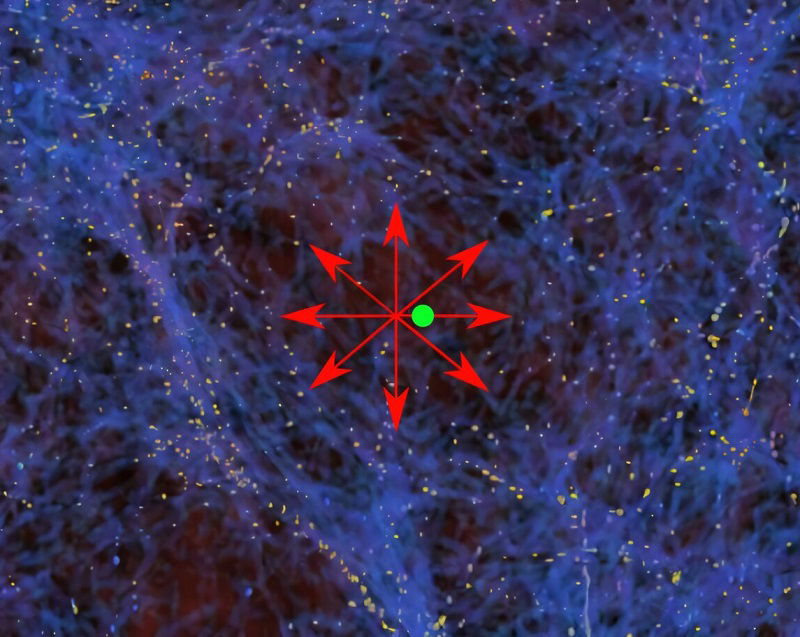
Image Credit: Knowridge
We may live in a giant cosmic void—and it could solve a big mystery
- Astronomers propose that Earth and the Milky Way galaxy may be situated in a large cosmic void, which could explain the Hubble tension, a discrepancy in measuring the universe's expansion rate.
- The concept suggests that a less dense region like a void could cause nearby matter to move away faster, giving the illusion of a quicker local expansion rate.
- New findings presented by Dr. Indranil Banik indicate that our local universe might be less dense, supporting the idea of a massive void about a billion light-years wide with 20% less matter than average.
- While controversial, recent data on baryon acoustic oscillations (BAOs) favor the void theory over the standard model, providing a statistical edge in favor of the concept.
Read Full Article
15 Likes
Nasa
298
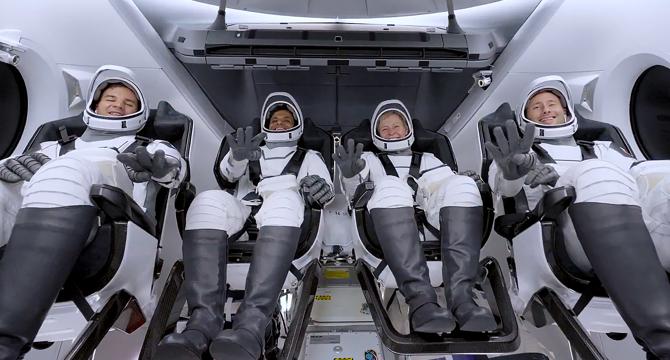
Image Credit: Nasa
Ax-4 Boards Dragon and Closes Hatch for Departure
- The hatch between the SpaceX Dragon spacecraft and the International Space Station closed at 5:07 a.m. EDT, in preparation for the return of Axiom Mission 4 (Ax-4) astronauts.
- Live coverage on NASA+ will resume at 6:45 a.m. for the scheduled undocking at 7:05 a.m., with the journey home targeting a splashdown off the coast of California on Tuesday, July 15.
- Axiom Space will provide coverage of Dragon's re-entry and splashdown on their website, while NASA's coverage will end around 30 minutes after undocking.
- Follow the space station blog, @space_station, ISS Facebook, and ISS Instagram accounts for updates on station activities.
Read Full Article
17 Likes
Nasa
145

Image Credit: Nasa
Chief Training Officer Teresa Sindelar Touches the Future of Human Spaceflight
- Teresa Sindelar's journey to NASA's Johnson Space Center began after meeting astronaut Tom Stafford.
- She became a chief training officer, overseeing astronaut, crew member, and flight controller training.
- Her dedication to mentoring and leading by example has shaped the next generation.
- Sindelar received the 2025 Space Flight Awareness Program Honoree Award for her work.
Read Full Article
8 Likes
Discover more
Nasa
25
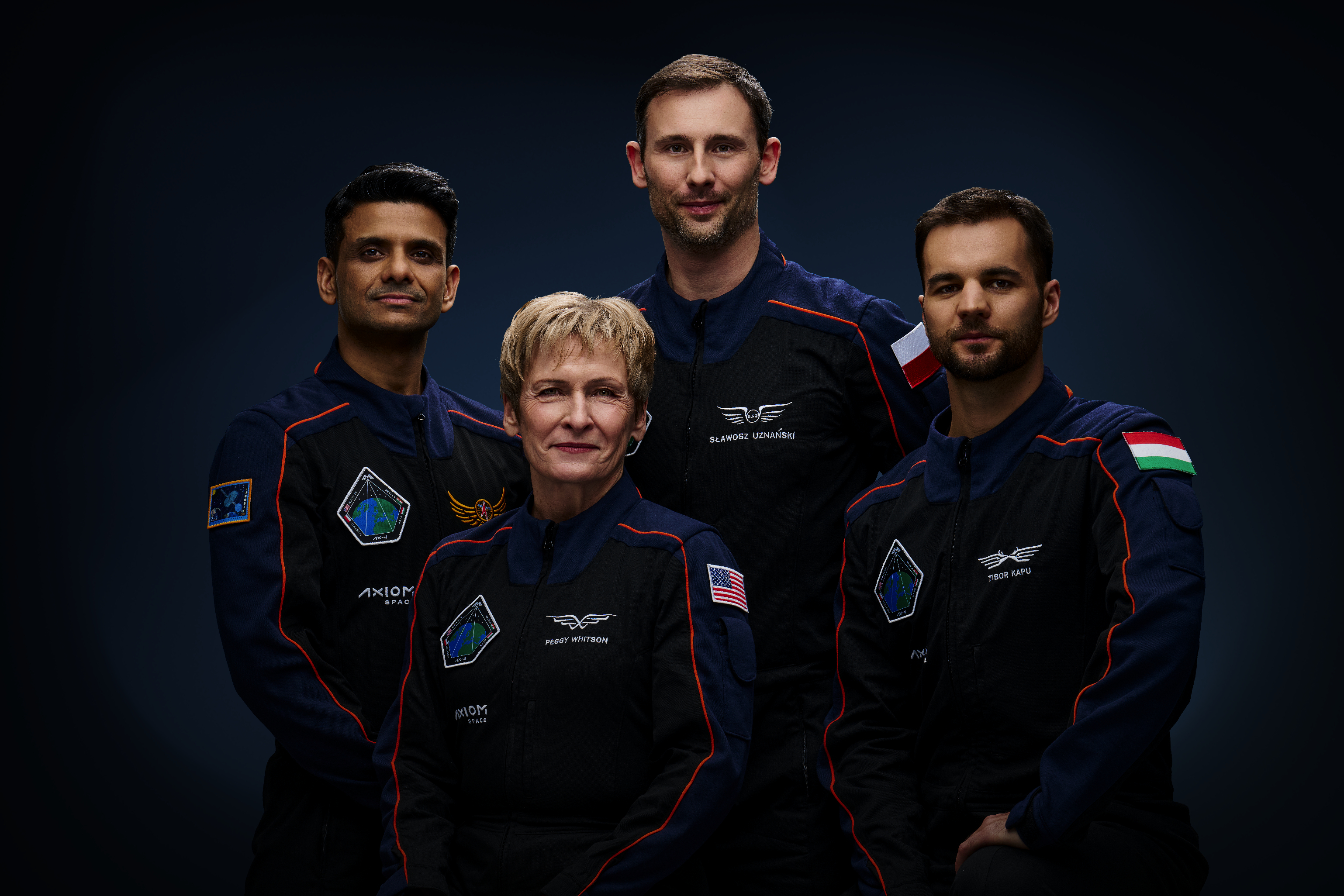
Image Credit: Nasa
NASA+ Broadcasting Ax-4 Preparing to Enter Dragon for Departure
- NASA's live coverage on NASA+ is underway for the departure of the Ax-4 private astronaut mission from the International Space Station.
- The four-member astronaut crew is scheduled to undock at 7:05 a.m. EDT to begin their journey back with splashdown off the coast of California.
- The crew members include Peggy Whitson, Shubhanshu Shukla, Sławosz Uznański-Wiśniewski, and Tibor Kapu, who will have spent 20 days in space upon completion of their mission.
- The Dragon spacecraft will bring back over 580 pounds of cargo, including NASA hardware and data from 60 experiments conducted during the mission.
Read Full Article
1 Like
Medium
257

The Lazy Philosopher: Thought Experiments from a High-Speed Mind in Idle
- A train driver, Chris, explores deep philosophical questions in a relatable manner.
- From Simulation Hypothesis to Free Will, he delves into thought-provoking concepts.
- Contemplating AI, identity, and existential dilemmas, Chris presents complex ideas engagingly.
- Chris shares insights and musings, inviting readers to ponder alongside him.
- An introspective blog by Chris, The Lazy Philosopher, pondering the mysteries of life.
Read Full Article
15 Likes
Knowridge
37
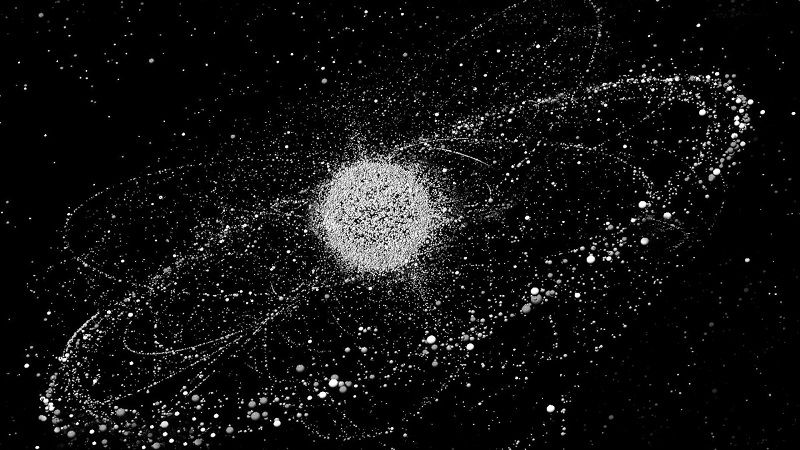
Image Credit: Knowridge
These are the most concerning pieces of space debris
- Tens of thousands of space debris threaten active spacecraft in Earth's orbit.
- Removing debris is costly, with estimates indicating the need to remove 5-10 large pieces annually.
- Experts use varied methods to prioritize debris removal, highlighting the complex decision-making process.
- Different aggregation methods yield varying top priority debris, showing challenges in consensus building.
Read Full Article
2 Likes
Brighter Side of News
75
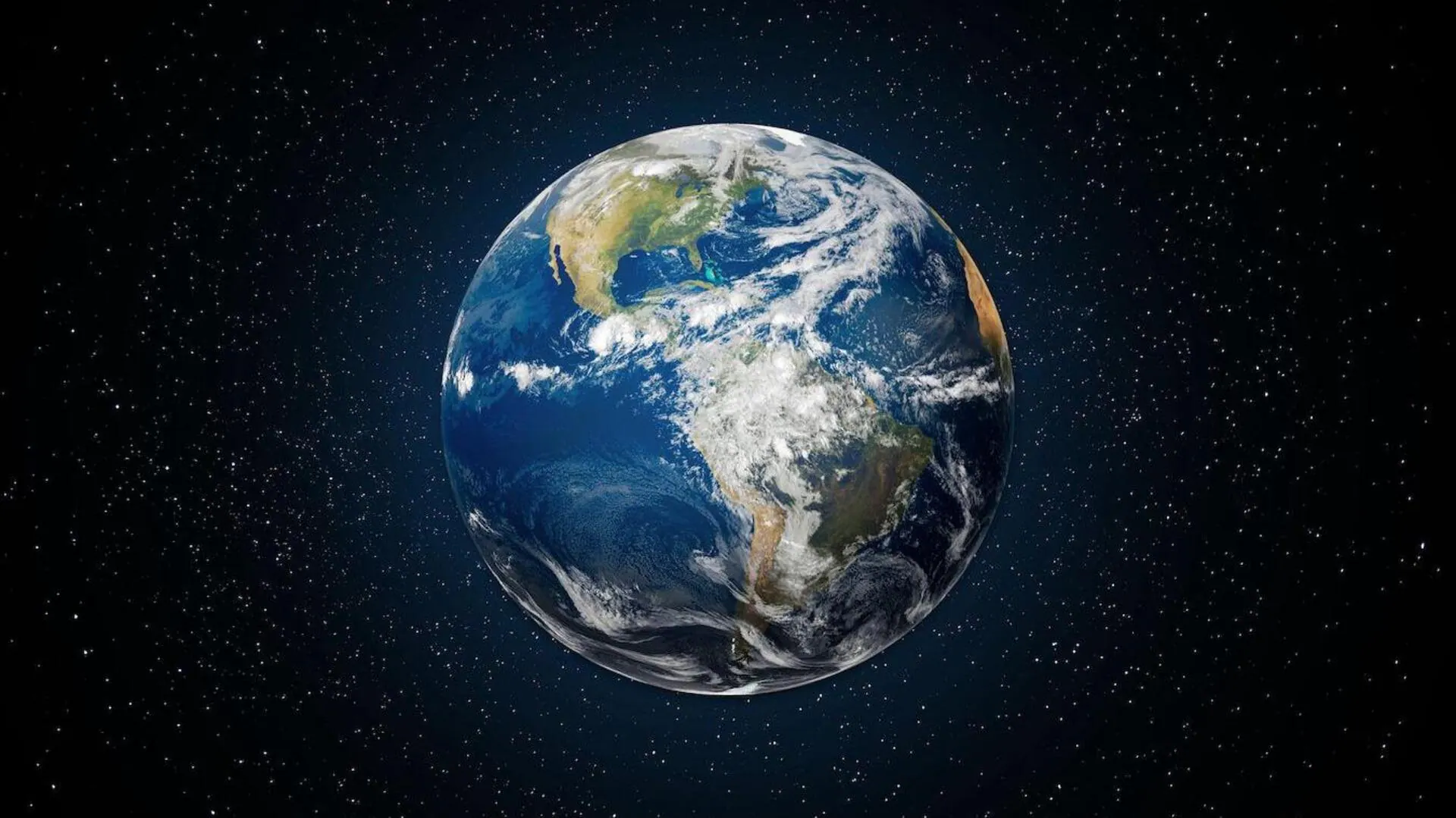
Image Credit: Brighter Side of News
Earth may lie in a gigantic void that skews our view of the expanding universe
- Earth and Milky Way might be in a massive void, affecting universe expansion.
- Discovery tries to explain Hubble tension with Earth near a vast cosmic void.
- Dr. Banik's theory suggests that Earth's location skews expansion rate measurements.
- Surveys show fewer galaxies near, challenging standard cosmology of matter distribution.
- Further studies using cosmic clocks and galaxy surveys aim to confirm this theory.
Read Full Article
4 Likes
Livescience
155
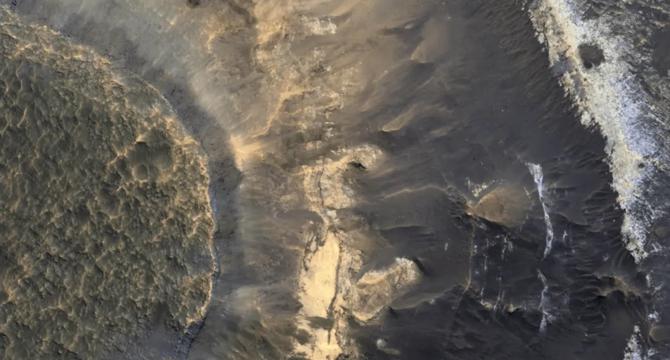
Image Credit: Livescience
Could signs of Mars life be hidden in its thick layers of clay?
- Thick layers of clay found on Mars suggest past potentially life-hosting environments, formed around 3.7 billion years ago under warmer and wetter conditions.
- Stable terrain on Mars where clays are found could sustain favorable conditions for longer periods.
- The clay formation on Mars is influenced by local and global topography, past climate activity, and lack of tectonic activity compared to Earth.
- The researchers speculate that the clay on Mars could have contributed to the lack of predicted carbonates and may have played a role in the planet's past warmer and wetter conditions.
Read Full Article
9 Likes
TechCrunch
295

Image Credit: TechCrunch
Elon Musk’s SpaceX might invest $2 billion in Musk’s xAI
- SpaceX is planning to invest $2 billion in Elon Musk's xAI, according to a Wall Street Journal report.
- The investment is part of a larger $5 billion equity raise by xAI, with an additional $5 billion in debt.
- This would mark SpaceX's first investment in xAI and reflects Musk's initiative to integrate his companies to support each other.
- Despite recent controversy, Tesla plans to implement xAI's chatbot, Grok, in its vehicles.
Read Full Article
16 Likes
Livescience
239
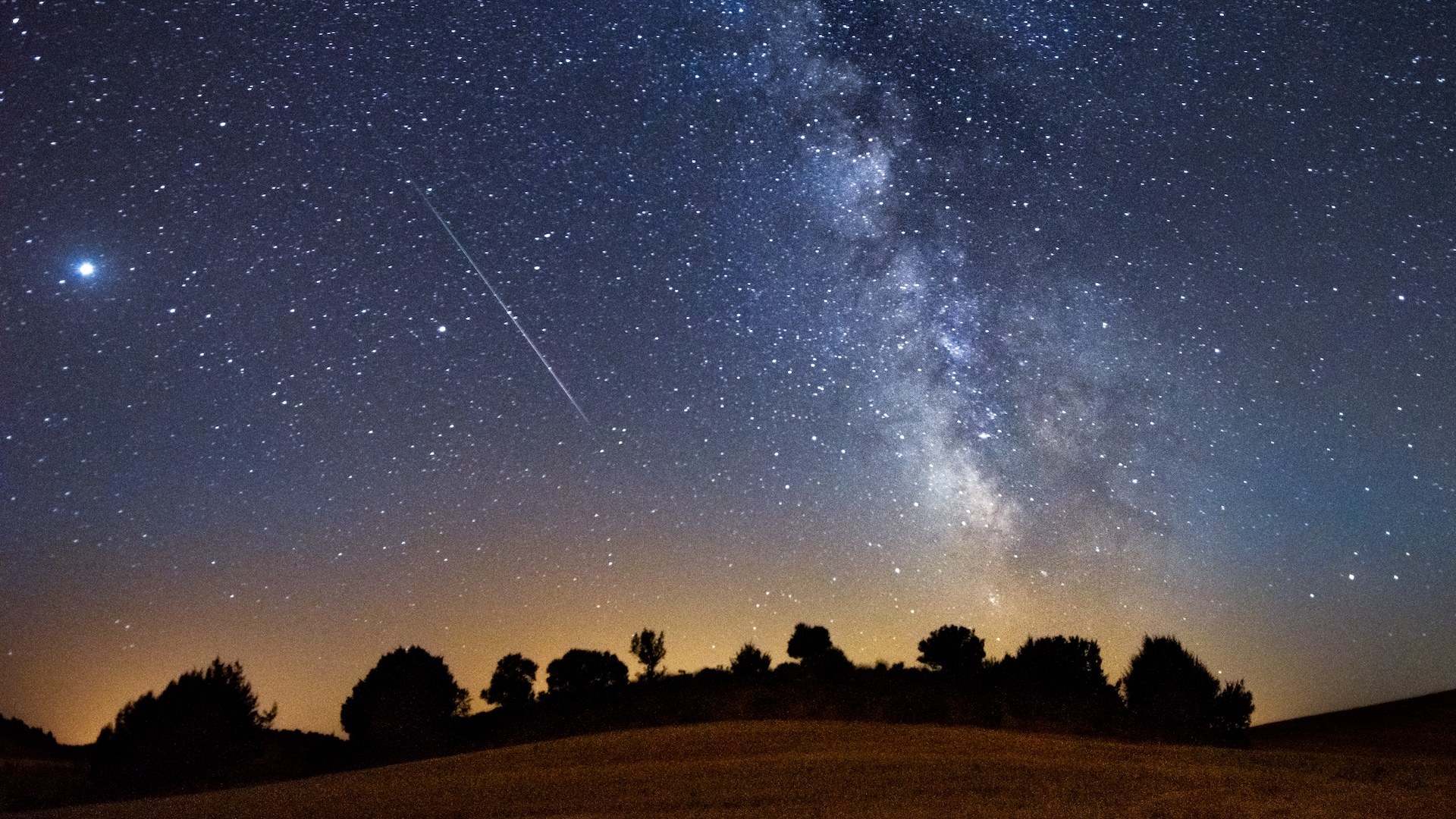
Image Credit: Livescience
The Perseids are coming — here's how to watch the glorious meteor shower before the moon ruins the show
- The annual Perseid meteor shower is set to peak on Aug. 12 and 13 this year.
- The presence of a near-full moon during the peak will only allow the brightest shooting stars to be visible, making it less impressive.
- To maximize viewing opportunities, it's recommended to observe the shower before and after the peak nights, when the moon's impact is minimized.
- The Perseids are known for fast and bright meteors, moving at a speed of 37 miles per second, originating from Comet 109P/Swift-Tuttle.
Read Full Article
14 Likes
Livescience
147
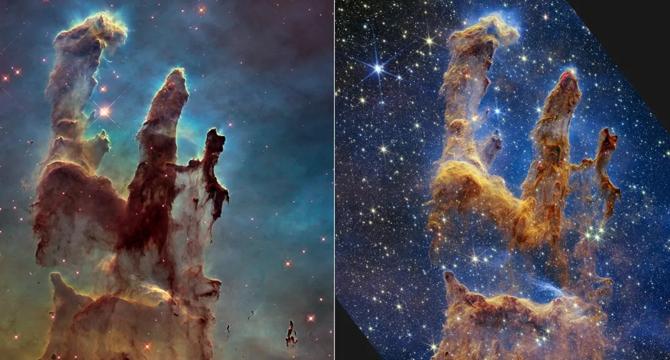
Image Credit: Livescience
How Trump's budget cuts could affect 2 iconic space telescopes: Hubble and James Webb
- Trump administration's 2026 budget proposal slashes NASA's science funding in half, potentially impacting iconic telescopes.
- Trump's budget cuts are concerning for the Hubble and James Webb Space Telescopes.
- Budget reduction could lead to layoffs, mission cancellations, and facility shutdowns.
Read Full Article
8 Likes
Knowridge
99
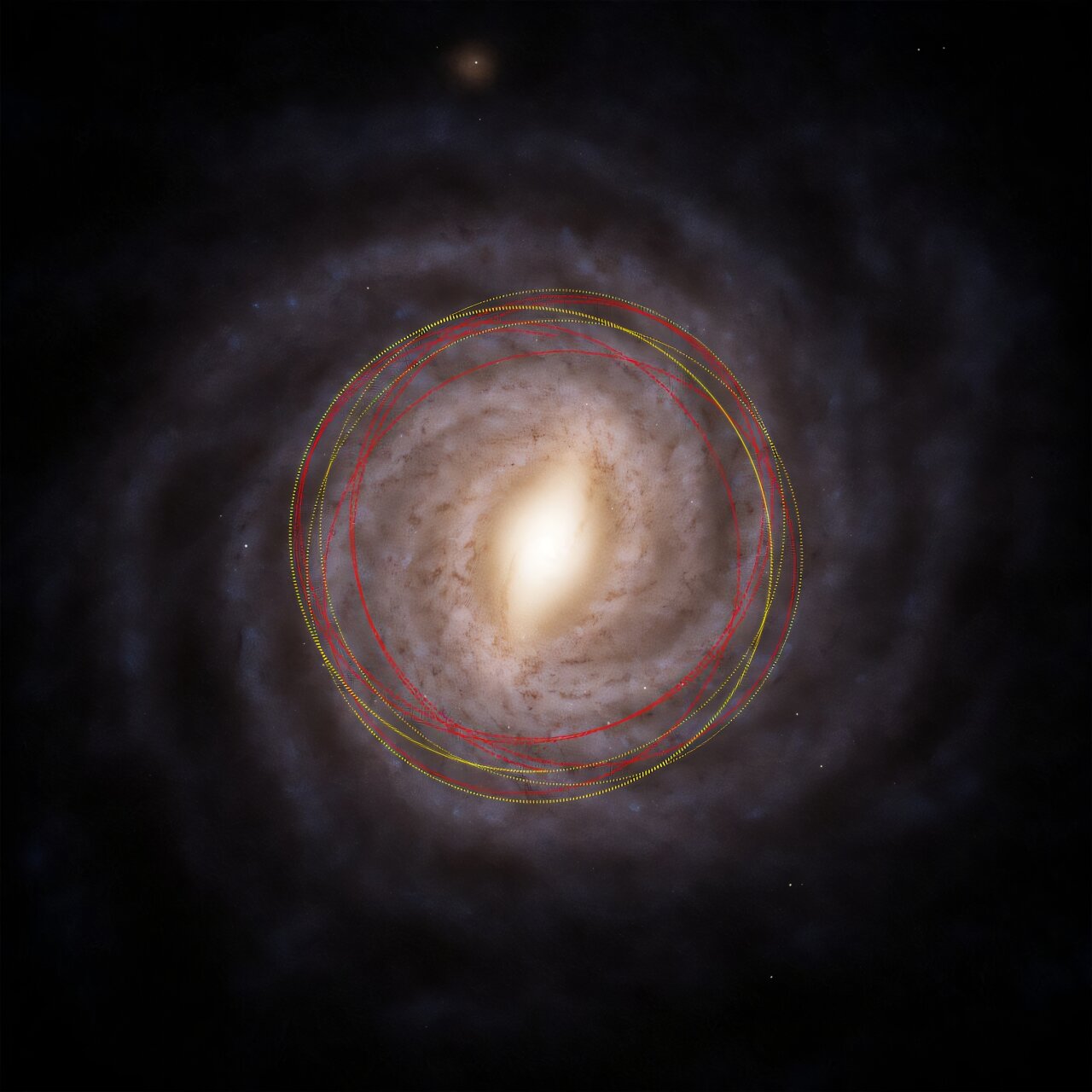
Image Credit: Knowridge
Oldest comet ever seen? New interstellar visitor may be 7 billion years old
- A newly discovered interstellar object named 3I/ATLAS may be the oldest comet ever observed at over 7 billion years old.
- 3I/ATLAS is the third known interstellar object to pass through our solar system and the first from a different part of the Milky Way galaxy.
- Early observations show 3I/ATLAS is already active, emitting gas and dust like comets near the sun, indicating it could be older than our solar system.
- Researchers believe 3I/ATLAS originated near an ancient star in the Milky Way's thick disk and may provide valuable insights into interstellar objects and their composition.
Read Full Article
5 Likes
Earthsky
314

Image Credit: Earthsky
Chimpanzees wear blades of grass in their ears and rears
- Chimpanzees at a sanctuary in Zambia have been observed putting grass in ears and rears.
- Researchers from Netherlands and UK noted this behavior, suggesting it might be cultural imitation.
- Behavior may help strengthen social bonds, similar to humans copying arbitrary habits.
Read Full Article
18 Likes
Livescience
126

Image Credit: Livescience
James Webb and Hubble telescopes join forces to explore a cosmic nursery: Space photo of the week
- NASA's Hubble Space Telescope and James Webb Space Telescope collaborated to capture a striking image of two open star clusters in the Small Magellanic Cloud galaxy.
- The image showcases star clusters NGC 460 and NGC 456, revealing bluish gas clouds full of young stars and red dust filaments, depicting the process of star formation.
- Hubble's observations in visible light captured ionized gas bubbles shaped by star radiation, while JWST's infrared observations revealed red dust lanes absorbing starlight, complementing each other's capabilities.
- NGC 460 and NGC 456 are part of the N83-84-85 complex, a nursery of massive stars in the Small Magellanic Cloud, which lacks heavy elements found in larger galaxies like the Milky Way.
Read Full Article
7 Likes
For uninterrupted reading, download the app